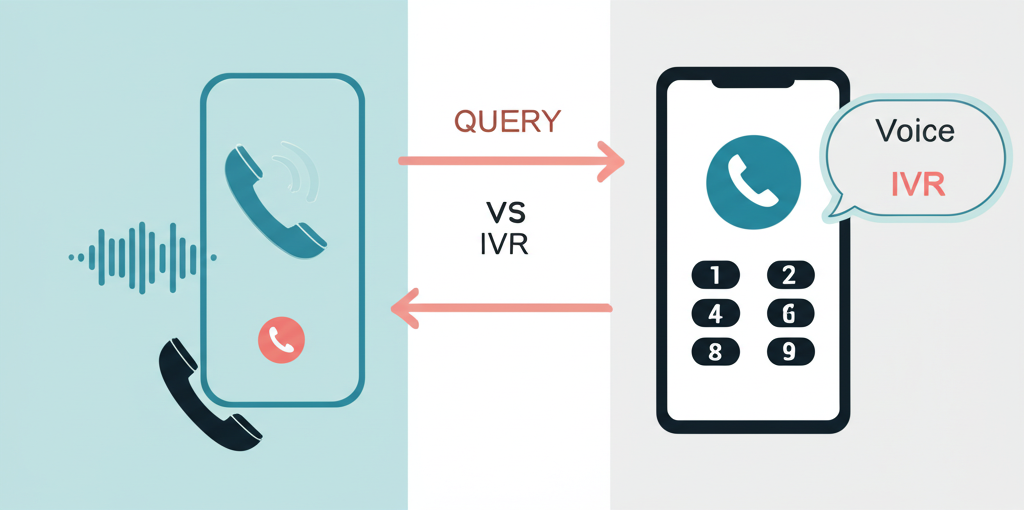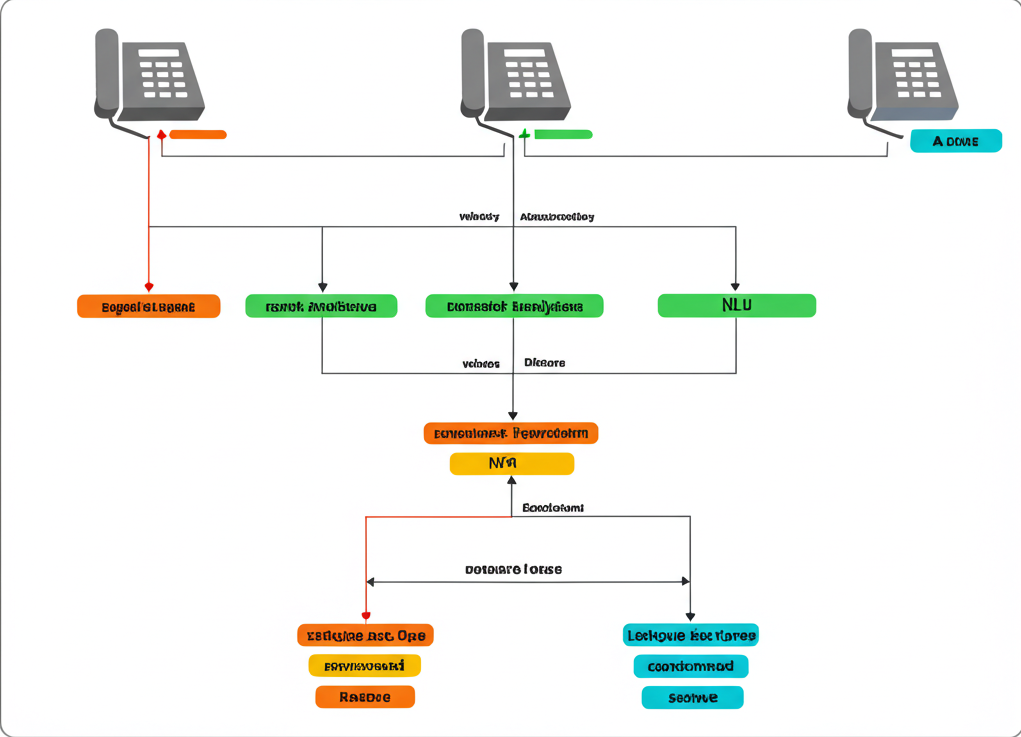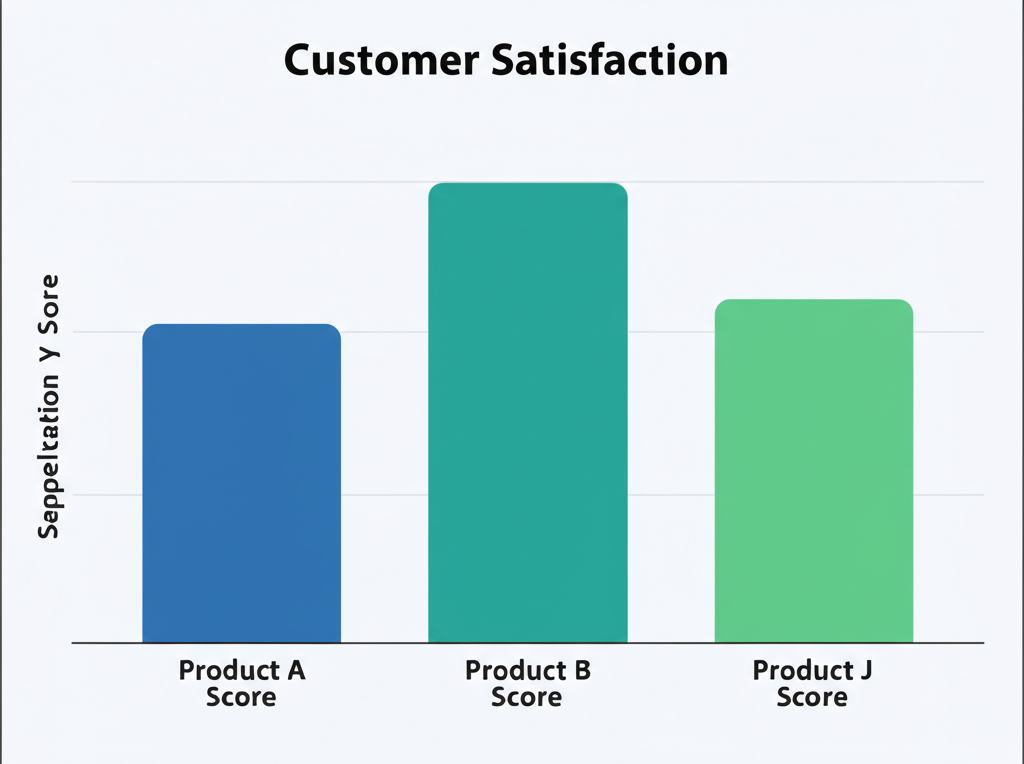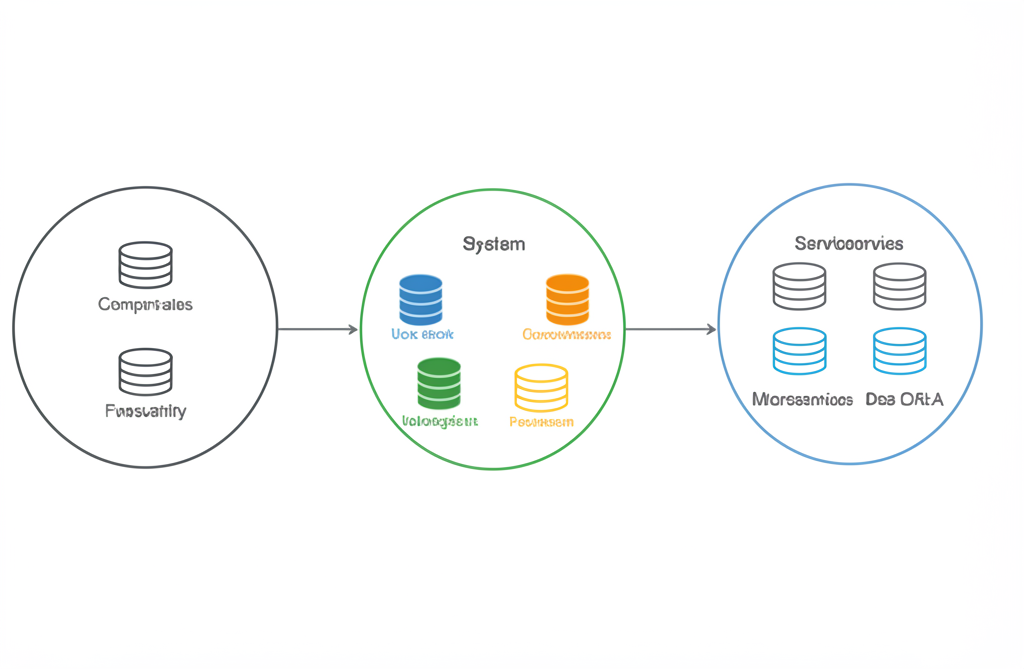Voice AI vs. Traditional IVR Systems: The Definitive Comparison

For decades, Interactive Voice Response (IVR) systems have been the standard technology for automating customer service calls. However, the emergence of advanced Voice AI solutions like Osmosian has fundamentally changed what's possible in automated customer interactions. This article provides a comprehensive comparison between traditional IVR systems and modern Voice AI solutions, examining their technical capabilities, customer experience impact, and business value.
Technical Architecture: The Foundation of Capabilities
Traditional IVR systems and Voice AI solutions differ fundamentally in their technical architecture, which directly impacts their capabilities:
- IVR: Based on pre-defined decision trees with limited branching options
- Voice AI: Powered by neural networks and large language models that understand natural language
- IVR: Requires callers to navigate through menu options using keypad or specific voice commands
- Voice AI: Enables open-ended conversations with natural language understanding
- IVR: Limited ability to integrate with backend systems
- Voice AI: Seamless integration with multiple data sources for contextual responses

Architectural differences between traditional IVR and modern Voice AI systems
Natural Language Understanding and Processing
The ability to understand and process natural human language represents one of the most significant differences between these technologies:
- IVR: Recognizes only specific keywords or phrases from a limited vocabulary
- Voice AI: Understands natural language with all its variations, accents, and colloquialisms
- IVR: Struggles with interruptions or deviations from the script
- Voice AI: Handles dynamic conversations with interruptions and topic changes
- IVR: Limited or no memory of previous interactions within the same call
- Voice AI: Maintains context throughout the conversation and across multiple interactions
The difference between using an IVR and Osmosian's Voice AI is like the difference between trying to communicate using a phrase book versus having a conversation with a fluent speaker.
Customer Experience Metrics
We conducted a comparative study across 50 enterprises that have transitioned from IVR to Voice AI, measuring key customer experience metrics:
- Customer Satisfaction: 37% higher with Voice AI compared to IVR
- Call Abandonment Rate: 68% lower with Voice AI compared to IVR
- Average Handle Time: 42% shorter with Voice AI compared to IVR
- First Contact Resolution: 53% higher with Voice AI compared to IVR
- Customer Effort Score: 45% better with Voice AI compared to IVR

Customer experience metrics comparison between IVR and Voice AI systems
Implementation and Maintenance
The approaches to implementation and ongoing maintenance differ significantly between these technologies:
- IVR: Requires extensive upfront design of decision trees and call flows
- Voice AI: Uses machine learning to improve from actual conversations
- IVR: Changes require developer intervention and system downtime
- Voice AI: Can be updated and improved continuously without disruption
- IVR: Limited scalability due to rigid architecture
- Voice AI: Highly scalable with cloud-based deployment options
- IVR: Typically requires specialized technical skills to maintain
- Voice AI: Can be managed through user-friendly interfaces by non-technical staff
Integration Capabilities
Modern customer service requires seamless integration with various business systems:
- IVR: Limited integration capabilities, often requiring custom development
- Voice AI: Robust API ecosystem for connecting with CRM, ERP, and other systems
- IVR: Typically operates in isolation from other customer service channels
- Voice AI: Enables omnichannel experiences with consistent context across channels
- IVR: Limited ability to access and utilize customer data in real-time
- Voice AI: Leverages comprehensive customer data for personalized interactions

Integration capabilities of IVR vs. Voice AI with enterprise systems
Cost Structure and ROI Analysis
The financial implications of choosing between IVR and Voice AI are significant:
- Initial Implementation: Higher for Voice AI, but with significantly more capabilities
- Ongoing Maintenance: Higher for IVR due to manual updates and technical debt
- Agent Efficiency: Voice AI reduces the need for human agent intervention by 60-85%
- Call Containment: Voice AI achieves 30-40% higher call containment rates than IVR
- Customer Retention: Voice AI contributes to 15-25% higher customer retention rates
- Average ROI Timeline: 6-18 months for Voice AI vs. 24-36 months for new IVR systems
Our analysis shows that while Voice AI typically requires a higher initial investment, the total cost of ownership over a 3-year period is 35-45% lower than traditional IVR systems when accounting for all factors including maintenance, customer retention, and operational efficiency.
Use Case Suitability
Different technologies are better suited for different use cases:
- Simple Routing: Both can handle basic call routing, though Voice AI provides a more natural experience
- Information Retrieval: Voice AI significantly outperforms IVR for accessing account information or status updates
- Problem Resolution: Voice AI can resolve 70-85% of common issues vs. 15-30% for IVR
- Complex Scenarios: Voice AI can handle multi-step processes that would be impractical with IVR
- Emotional Situations: Voice AI with sentiment analysis can adapt to customer emotions, while IVR cannot
Future-Proofing Your Customer Service
When considering long-term technology investments, several factors favor Voice AI solutions:
- Continuous Improvement: Voice AI systems get better over time through machine learning
- Expanding Capabilities: Regular updates add new features without major reimplementation
- Changing Customer Expectations: Modern consumers increasingly expect conversational interfaces
- Workforce Evolution: Voice AI complements the changing role of human agents as strategic problem solvers
- Data Insights: Voice AI provides valuable conversation analytics for business intelligence
Our transition from IVR to Osmosian's Voice AI wasn't just a technology upgrade—it was a fundamental reimagining of our customer experience strategy that has positioned us years ahead of our competitors.
Conclusion: Making the Right Choice
While traditional IVR systems have served businesses well for decades, the capabilities gap between IVR and modern Voice AI solutions has become too significant to ignore. Organizations that prioritize customer experience, operational efficiency, and future-ready technology infrastructure are increasingly making the transition to Voice AI solutions.
At Osmosian, we've helped hundreds of enterprises make this transition successfully, achieving remarkable improvements in customer satisfaction while reducing operational costs. Our approach focuses not just on implementing technology, but on reimagining the entire customer service experience to leverage the full potential of Voice AI.
To learn more about how your organization can benefit from Voice AI technology, contact our team for a personalized assessment and demonstration.